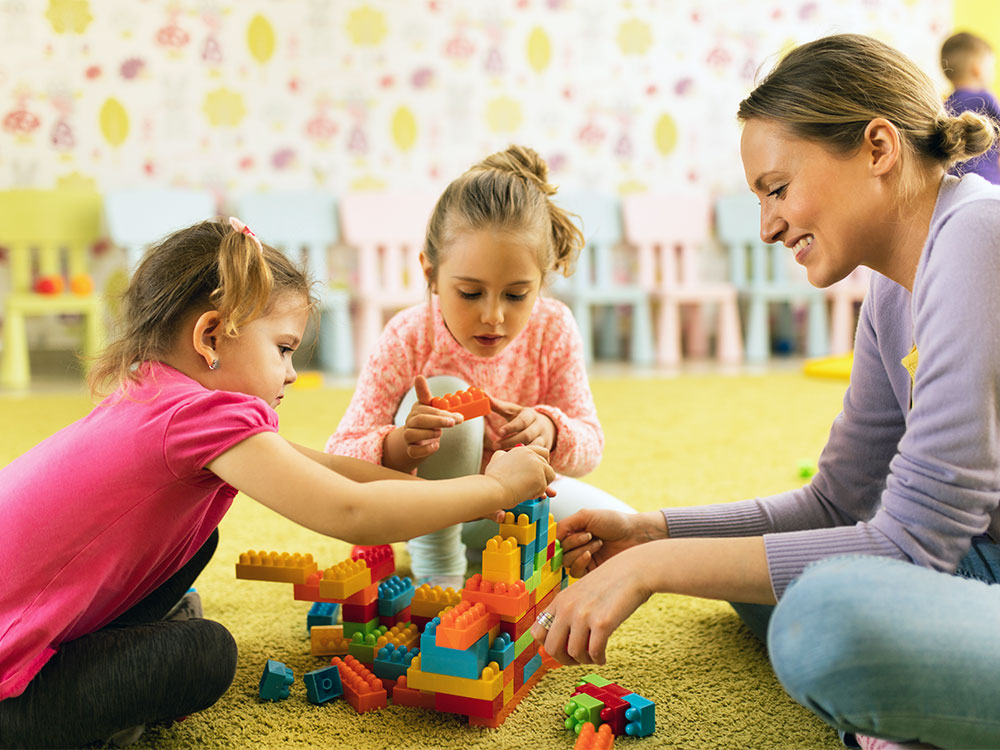The human brain is not designed to maintain cleanliness and order. These are the skills that a child acquires during life, in the process of education.
What does a typical children's room look like? All toys are scattered, clothes are lying here, sometimes shoes... A child is comfortable in such an environment: everything is visible and accessible. But we, parents, are going crazy with this picture. Sometimes a mess from the children's room can move to the adult area... And this is not at all into any gate!
Let's figure it out right away: the human brain is not designed to maintain cleanliness and order. These are the skills that a child acquires during life, in the process of education. In psychology, this is called "assimilation of cultural experience." And cultural experience is passed from generation to generation through speech. This means that speech must be well developed for the normal mastering of order skills. That is, you can start teaching your child to order no earlier than 4-5 years. More precisely, it is possible earlier, but it will be a joint game: the mother cleans up, and the child does it with her.
It's just that a child is ready to do anything to communicate with an adult. And I'm ready to clean up too. He just scatters everything again at the first opportunity. It is better to accustom you to order by your own example. The child is more likely to meet your requirements if there is order in the areas for which you are "responsible". This does not guarantee the natural need for everything to be in place. But every day, unobtrusively confirms the legitimacy of your requirements.
And since the desire for order is not a natural need, then this skill must be formed. Do it together first. This means that some of the toys are removed by the adult, and at the same time the other part of the toys is removed by the child. Then, the child is gradually left with more and more work, and the adult only helps him. Then the child can cope on his own.
But it will take a long time to remind you that you need to clean your room, hang your clothes in your closet, and put your textbooks in your briefcase. Few of the children are well organized. By the age of 12-14, order in the room and closet may become a normal requirement on the part of adults, but not always an internal need for a child.
And one more very important point: the more irritation and aggression comes from an adult about "things and toys scattered everywhere," the less likely that order will once become a natural internal need. After all, order and conflict will begin to associate with each other in the child's psyche, and, accordingly, the emotional attitude to these two phenomena will be similar.


0 Comments